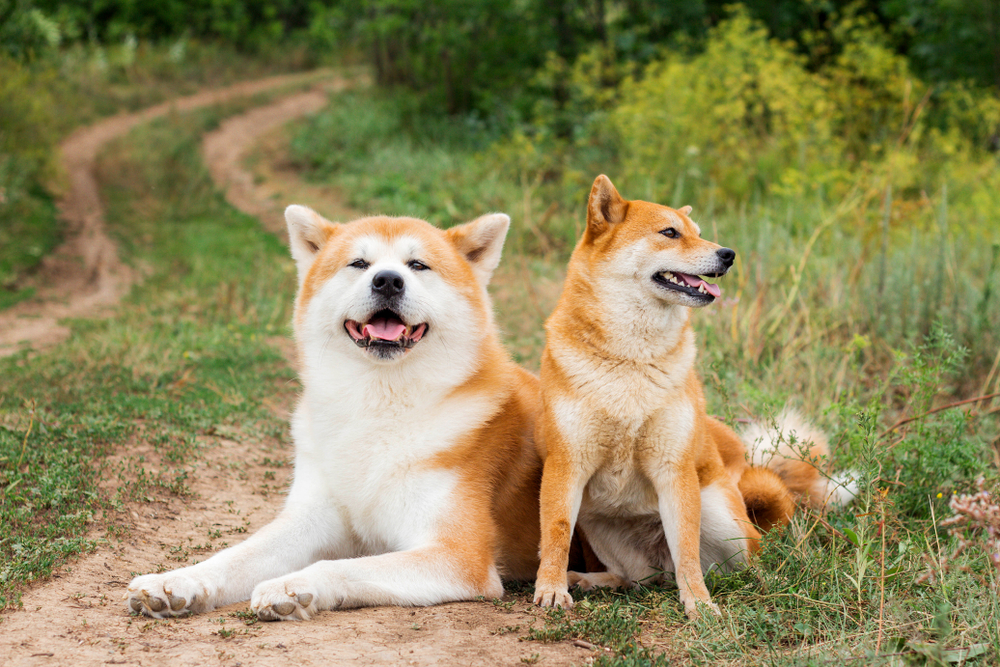Japan is home to six breeds of dog that have been identified as native to the country, all of which fall within the Spitz family of dogs. This means that they are all characterized by thick fur and pointed ears. Yet their origins, attributes and personalities are all unique and deserving of exploration.
Each of these six breeds served their own historic purpose and have forged profound relationships with the landscape and people they have lived alongside for centuries. The Nihon Ken Hozonkai preserves and maintains the registries of the six breeds, all of which have been declared natural monuments by the Japanese government. Let’s take a look at each of these half-dozen doggies in more detail.
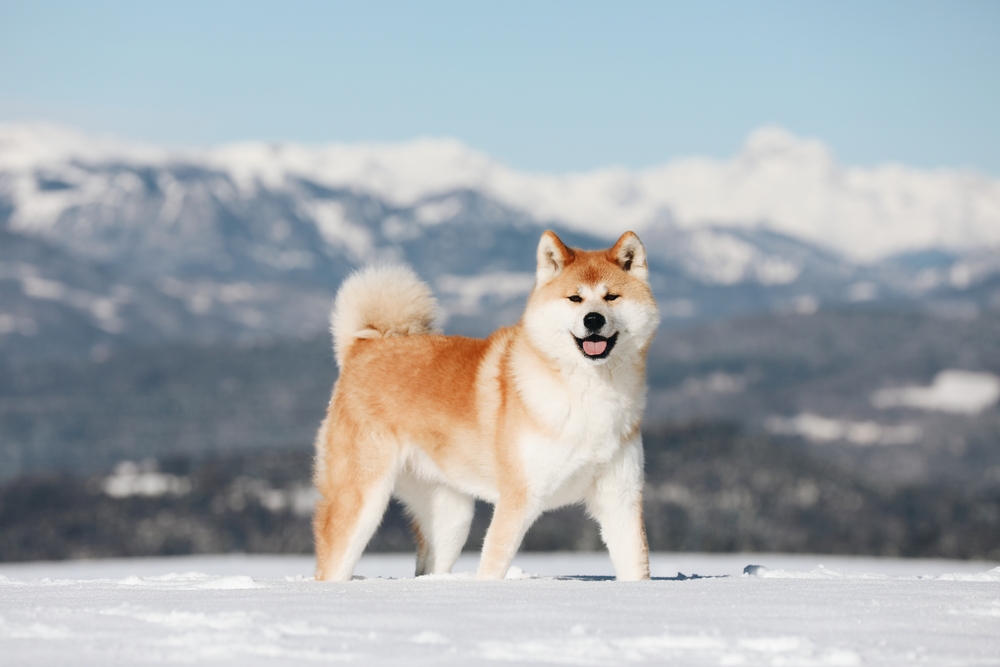
1. Akita Dog
As you can probably deduce from the name, the Akita originated in the snow-swept northern extremities of Honshu, specifically around the area of Odate. Their immense physical strength is readily apparent, making them excellent guard dogs and, in the past, they were even used to hunt bears. These days they are widely known for their profound loyalty to their owners.
One cannot talk about them without mentioning the beloved Hachiko, whose story of unyielding devotion to his deceased owner continues to resonate with all of us years later. A variation of the breed has taken root in the United States since the mid-20th century, resulting in the American Akita being larger and heavier in size than their Japanese cousins.
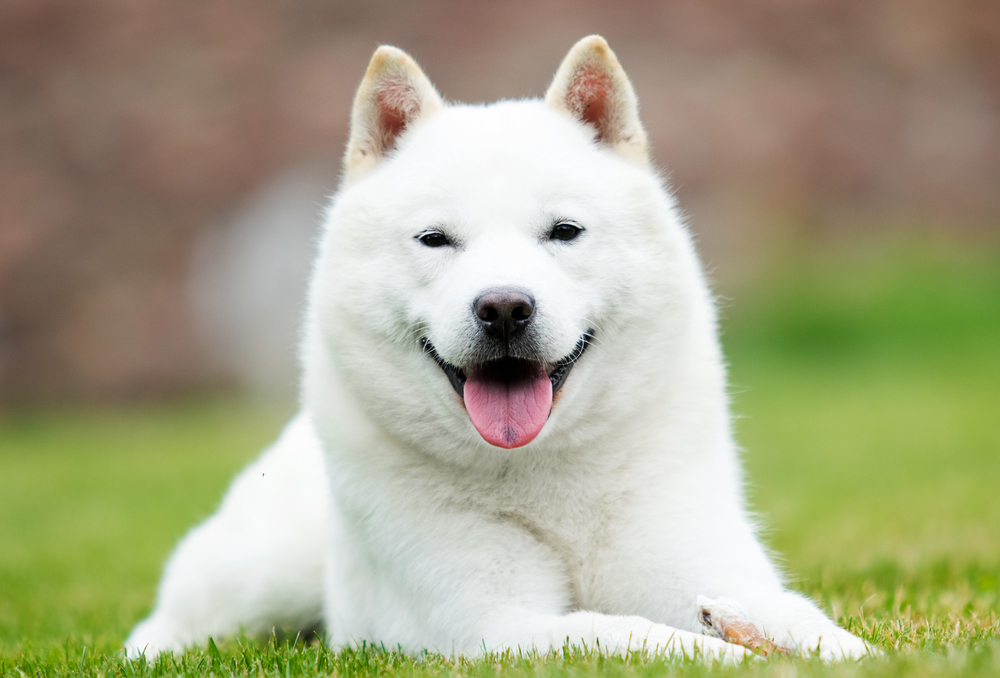
2. Hokkaido Dog
Perhaps the most obscure breed on this list, the Hokkaido is naturally native to the island prefecture of the same name. Fittingly, it is also occasionally referred to as the Ainu Dog after the indigenous people of the same land. It is likely that they emerged as a result of dogs from Honshu being introduced to Hokkaido during the middle of the 12th century.
Medium-sized and steely, their coat is both longer and thicker than any other Japanese dog. They are extroverted, highly intelligent and can display a playful nature around people they have grown comfortable with.
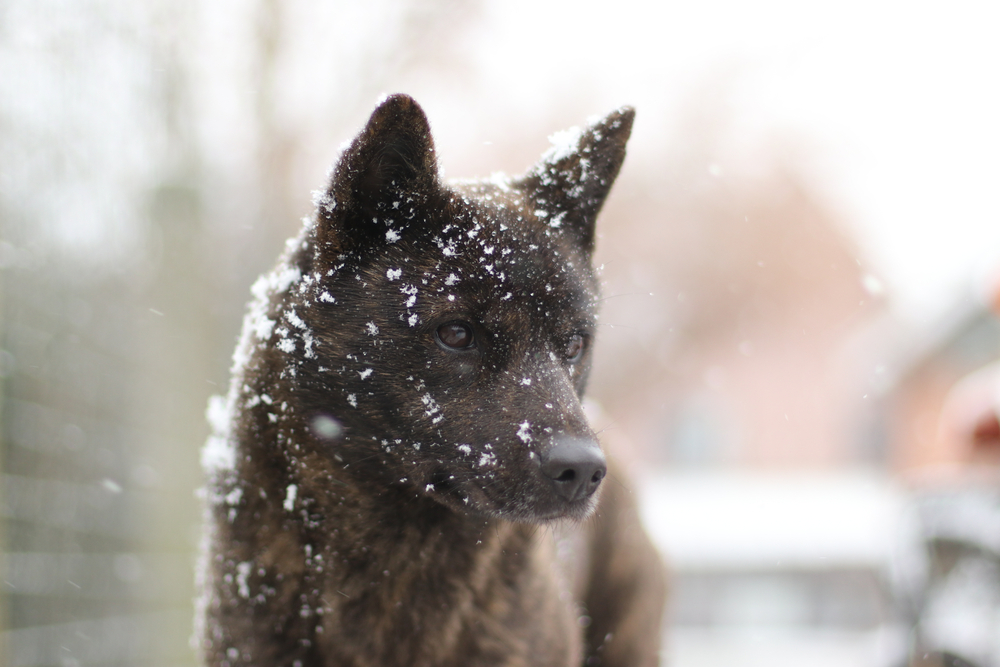
3. Kai Dog
This rare breed takes its name from the former Kai Province, in what is today Yamanashi Prefecture. It may be the most ancient breed in all of Japan. Kai are sociable animals and thrive on both affection and vigorous exercise. Thanks to their thick and tough nails, they make for excellent climbers in the rockiest of terrain. It is, therefore, unsurprising that they trace their lineage back to an area close to the base of Mount Fuji. Their fetching brindle coats bear some resemblance to the stripes of a tiger, garnering them the appropriate nickname “tiger dogs.” Adventurous by nature, their abundant energy is infectious.
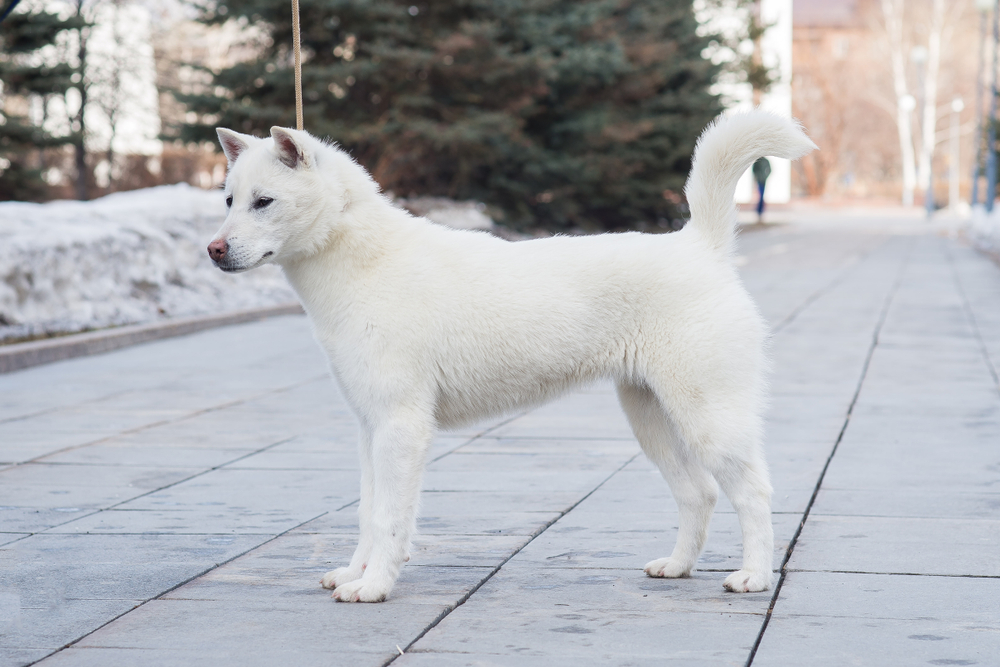
4. Kishu Dog
Much like the Kai, this breed is named after a historic province. Kishu was situated in an area that now covers Wakayama and Mie prefectures. These dogs have been held in high esteem for millennia thanks to their hunting prowess.
Bred selectively to hunt down wild boar and deer in the mountainous region from which their name derives, they are still used for that purpose by a small number of enthusiasts. Their temperament is therefore one of fierce loyalty and bravery. Consequently, they can be a little aloof and distant from humans they are not familiar with. But they tend to form an especially close bond with individual humans and display an intense commitment to them.
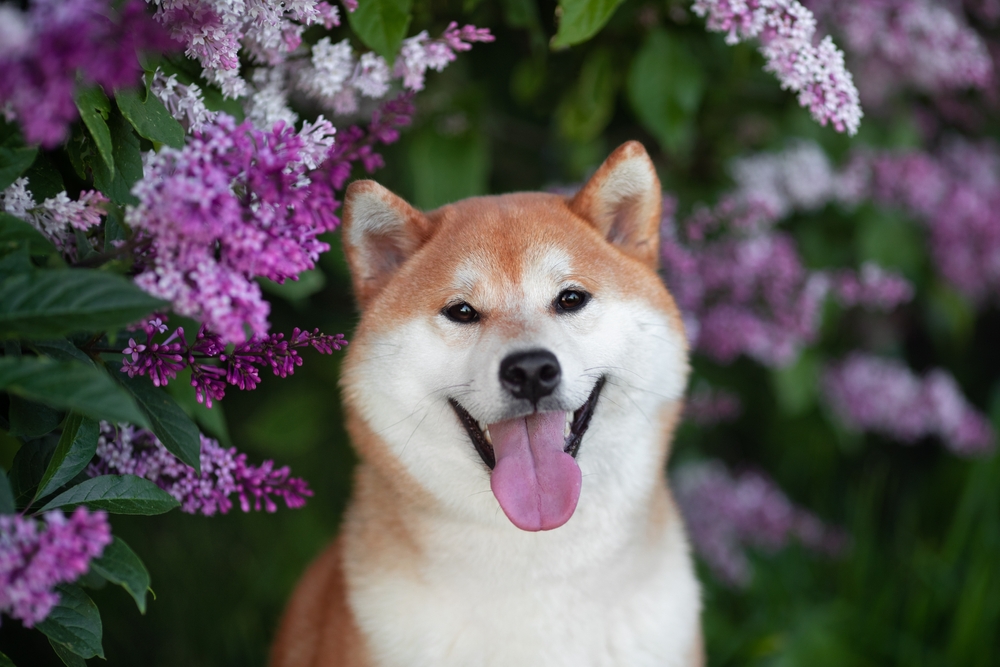
5. Shiba Dog
Unquestionably the most well-known of the six, the Shiba has become an international meme icon. Yet there is a breed behind those memes and they are very much full of life and vigor. Considerably smaller than the other five native Japanese dogs, they are noted for their agility and independent spirit.
One of their defining physical traits is the presence of distinctive white urajiro markings across their body. They are known to emit their famous “Shiba scream” when experiencing feelings of either great frustration or immense joy. It needs to be heard in person to be fully appreciated.
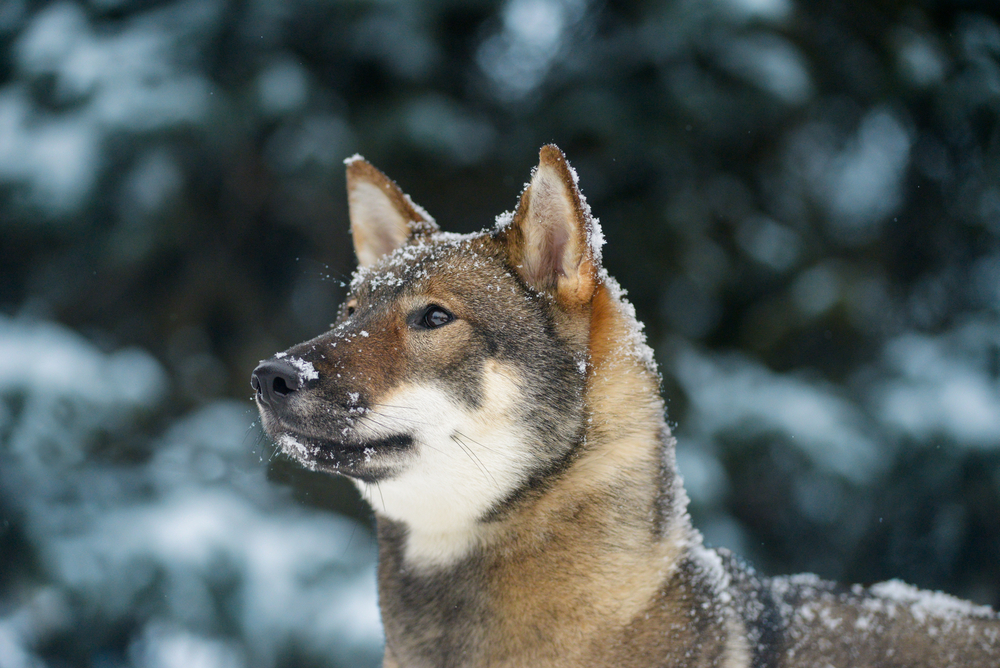
6. Shikoku Dog
Shikoku are known for their calm and reserved nature and tend to enjoy spending time in their own company. They are obedient to their owners and have a long tradition of hunting wild animals across the interior of Japan’s smallest main island from which they got their name. There were formerly three varieties of the breed based on their location of origin within Shikoku: Awa, Hata and Hongawa. These days there is only one type and they retain much of their primal instinct inherited from long ago. The fact that they also go by the nickname “Japanese Wolfdog” helps to illustrate that primordial past.

